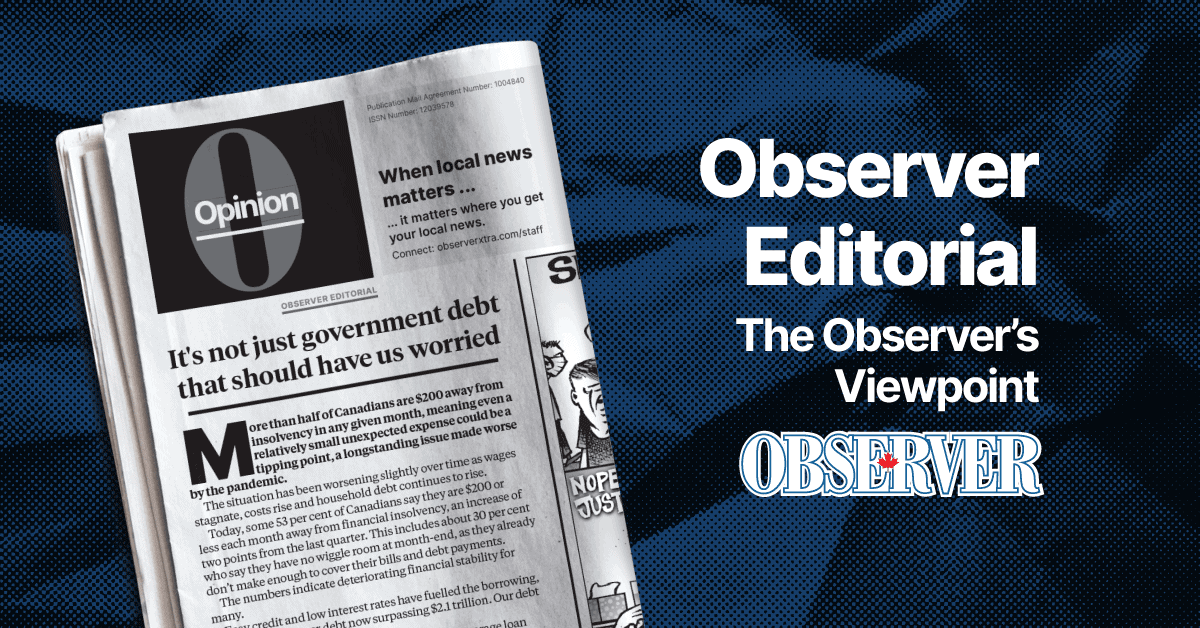;
;
;

Has the Ford government hit on the ideal solution to improve Ontario’s problematic health care system? Probably not. That doesn’t mean fixes aren’t needed, however. The province this week announced plans to address a backlog of surgeries by having private clinics to take up the slack. That there’s a
Last updated on May 03, 23
Posted on Jan 19, 23
3 min read
